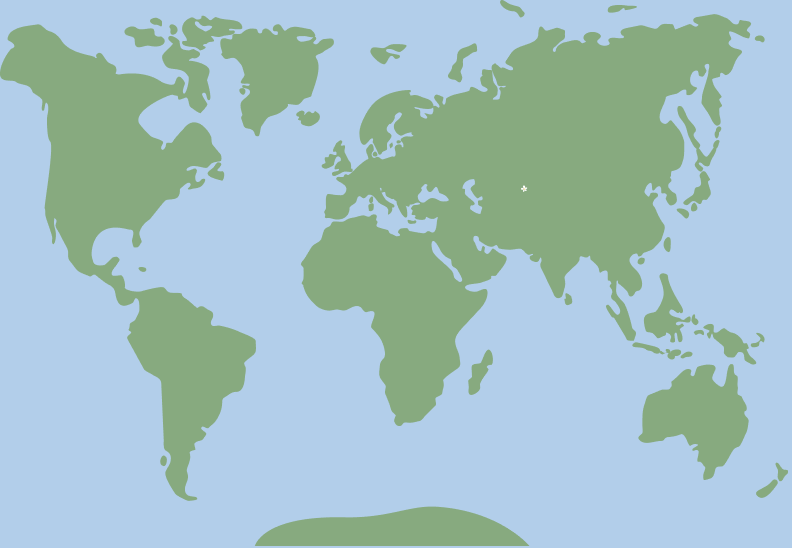Funen, Denmark
Egeskov Castle
This floating castle appears to be from an enchanted fable, but in actuality it is Europe's best preserved Renaissance water castle.
AWA visted here
Wroclaw, Poland | C.1717
The Royal Palace (Polish: Pałac Królewski), initially the Baroque residence of baron Heinrich Gottfried von Spatgen, was built in 1717 in a Viennese style. It was purchased by the Prussian king Frederick the Great and converted into his residence in 1750 after Prussia took control over Silesia in the First Silesian War.
From 1751 to 1753, the Palace was extended in the Baroque style with Rococo interiors designed by the royal architect Johann Boumann. His additions include a transverse wing with a festive hall, throne hall, and Frederick the Great’s private quarters.
Frederick the Great’s successor and nephew, Frederick William II of Prussia, remodeled the Palace according to the design of Karl Gotthard Langhans between 1795-1796 in the classical style. As a result, wings surrounding the northern courtyard, a new staircase, and utility rooms were added.
Despite the frequent additions, making the Palace a grander version of itself with each update, it was not immune to war. In May 1945, the Palace was heavily damaged during the siege of the city at the end of World War II. In the 1960s, the Palace was partially demolished, while the remaining wings were adapted to host the Archeological Museum until 1999 and the Ethnographic Museum until 2004.
In 2009, a renovation was finished, launching a new generation for the Royal Palace. From that year forward, it would become a new museum highlighting its city of Wrocław with an exhibit spanning over 1,000 years of history.
 51.107637, 17.028872
51.107637, 17.028872
Max file size is 40MB. JPEGs are preferred.
You do not have permission to view this form.Need an account? Sign up
This site is protected by reCAPTCHA and the Google Privacy Policy and Terms of Service apply.
Know more? Share with the community!
Submit Your ImageLogin/Sign Up.